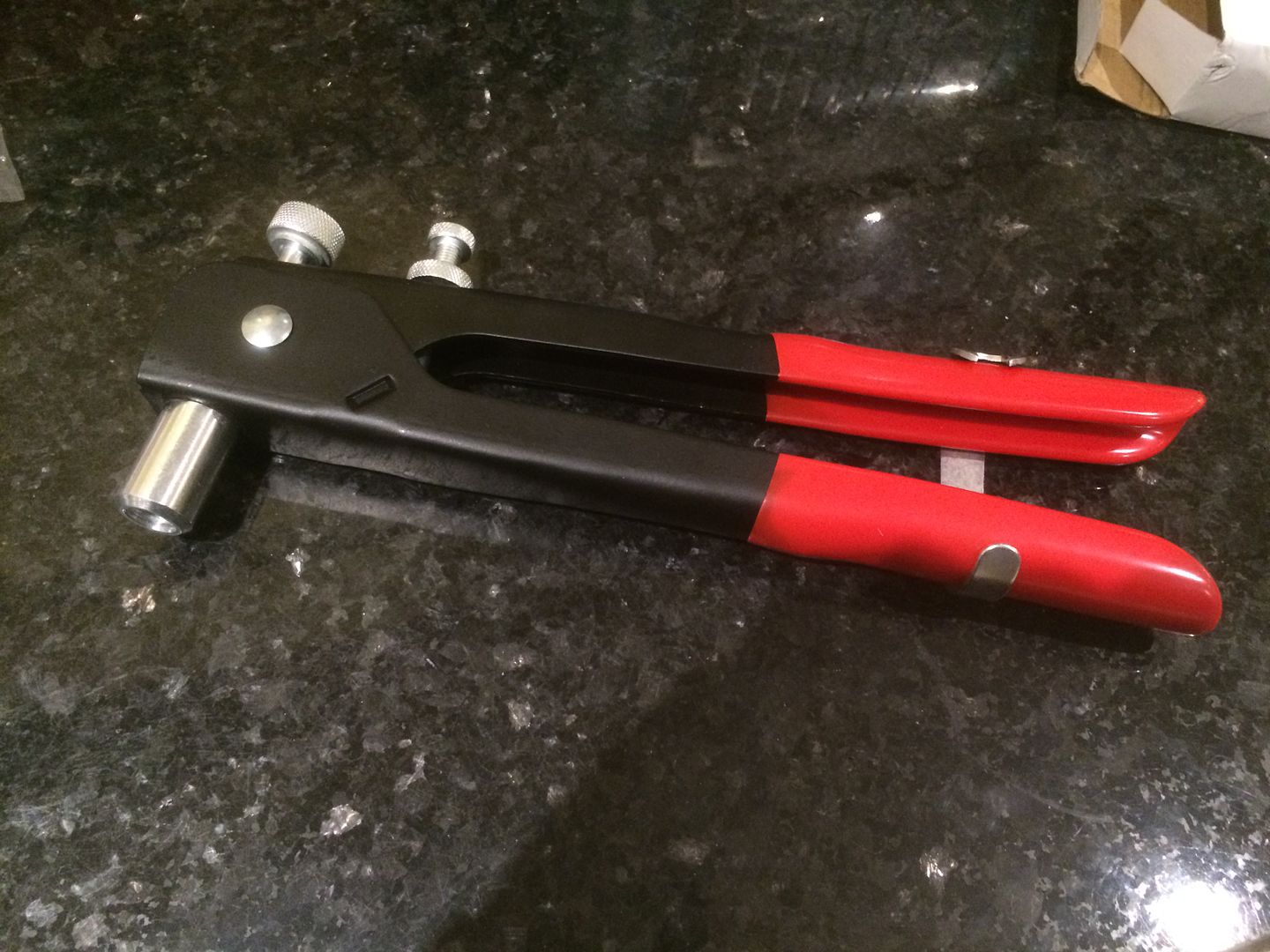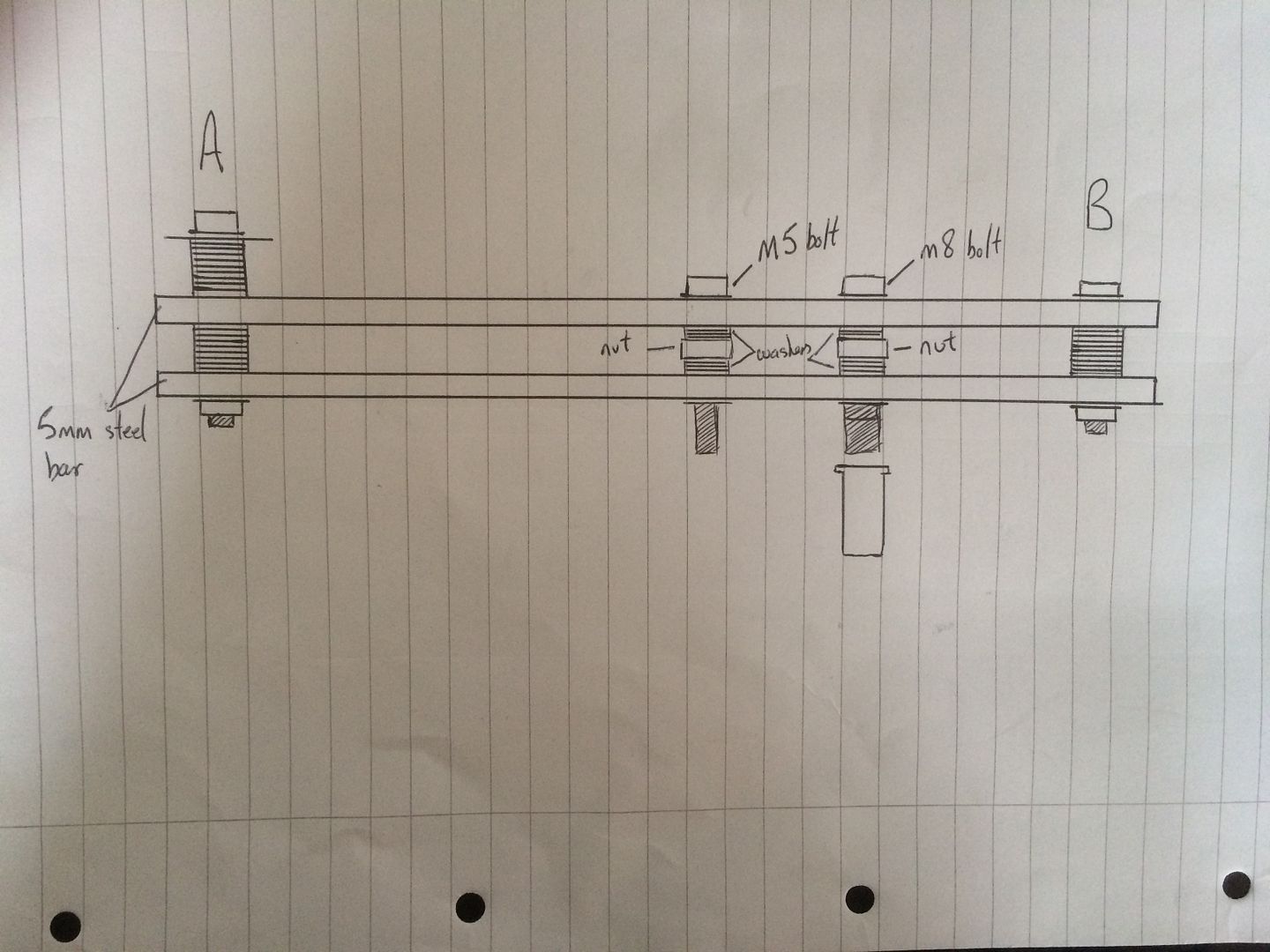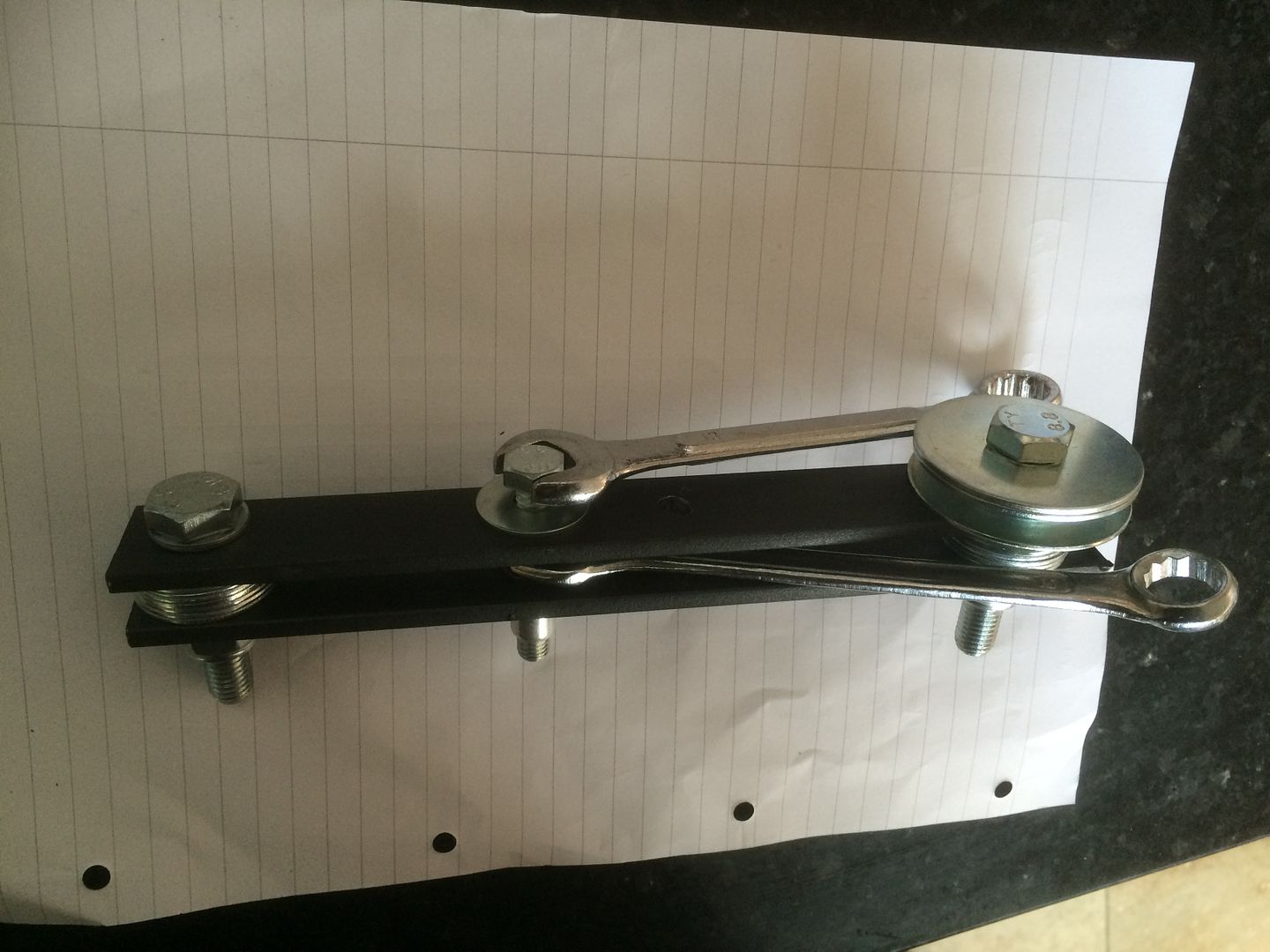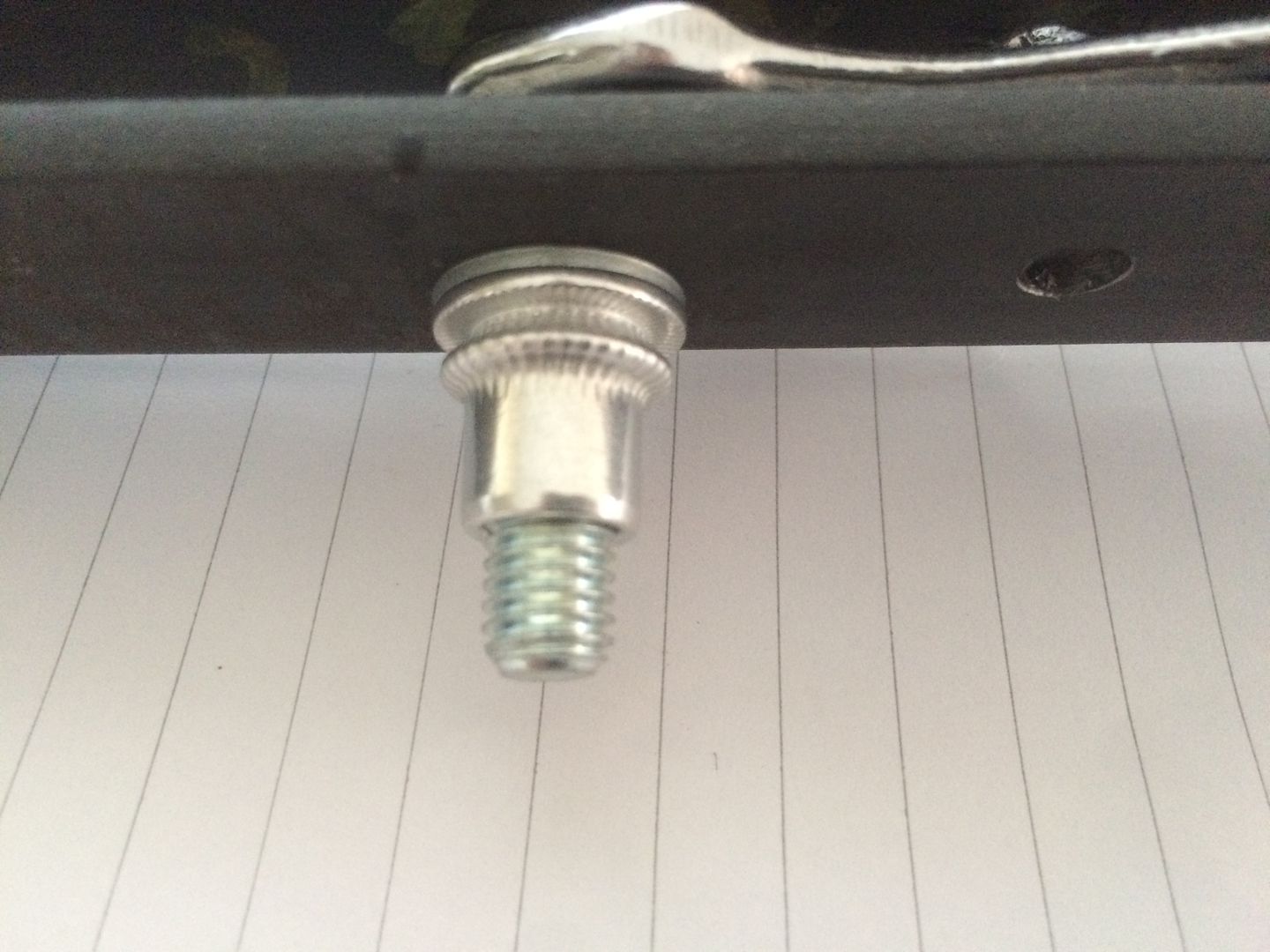I have tried using the memfast rivnut tool (below) but during use I found that as the mandrell (bolt at the end of the tool) span to pull the rivnut tight, if the force spinning became greater than the force holding the rivnut in place then the rivnut would begin to spin and it would not tighten. I couldn't therefore get my rivnut easily fixed every time.

I have been using m8 rivnuts that are closed ended which seem a bit stronger than other types of rivnut, and therefore take more effort to fix in place.
I then decided to try a tool like this:

This tool, instead of spinning the end to pull the rivnut tight, you screw on the rivnut and then squeeze the handle which pulls it in a similar way to a rivet, therefore fixing in place. However once again I found that it isn't strong enough to fix the m8 rivnuts I have been using and the tool failed whilst trying to fix its 2nd rivnut.
The memfast tool is relatively expensive and the other a bit cheaper but as stated neither seemed worth the money and I thought I could do better so below is a DIY tool - a more effective way of doing the nut and bolt method, which is easily made at home, probably without even needing to buy anything else.
Firstly this diagram shows the general idea.

What you will need:
- 2 pieces of steel bar, 5mm thick, 20mm wide by approx 220mm long.
- 1 bolt, either m8, m10 or m12 x 35mm bolt, and 1 x lock nut. I have used m10 x 50mm bolt as this is what I had available.
- 1 bolt, either m8, m10 or m12 x 50mm bolt, and 1 x lock nut. I have used m10 x 50mm as this is what I had available.
- 9 washers for one of the m10 bolts.
- 13 washers and 3 repair washers for the other m10 bolt.
- 1 bolt of the same size as your rivnut, and 1 nut (not locking). For mine I have an m8 bolt, and the thread on the bolt will need to be 50mm.
- 4 washers to suit the m8 bolt
Assembly:
1. Clamp the two pieces of steel bar together and drill two holes (in mine its 10mm holes for my m10 bolts) approx 25mm from each end.
2. See my above diagram. If you are making a tool for an m8 rivnut then get a spanner to suit an m8 bolt. Lay it on top of the steel bar so that one end of the spanner goes approximately 25mm over the end of the steel bar. Mark where the tip of the other end is.
3. Drill a hole through the steel bar (whilst they are still clamped together) where you just marked to suit the bolt for the size of rivnut you are using. In my case I drilled an m8 hole through both pieces.
4. Next put in the end bolts with the following assembly:
M10 bolt, washer, steel bar, 7 washers, steel bar, washer, lock nut.
The other end (the end which you measured the spanner to) is: M10 bolt, 2 repair washers, 5 washers, 1 repair washer, steel bar, 7 washers, steel bar, washer, lock nut.
Tighten both of the above bolts fully. This should leave the steel bar at approx 10mm apart.
5. Place a bolt to suit your rivnut through the hole along the middle of the bar in the following order:
M8 bolt, washer, steel bar, washer, nut, washer, steel bar. Hold the middle nut in place with a spanner and loosely do up the bolt. The nut in the centre should be able to spin relatively freely. If it can't rotate relatively freely then add another washer on the m10 bolts inbetween the steel bar until the m8 nut can rotate freely.
I also did step 2, 3 and 5 for an m5 bolt so I could do an m5 rivnut with the same tool. That is shown on my original diagram.
It should then look like this:

How to use it:
Get two spanners and your rivnut.
Place a washer over the end of the m8 bolt and screw on the rivnut.
Place a spanner on the m8 nut in the middle of the steel bars and a spanner on the head of the m8 bolt.
Place the rivnut into the material you wish to fix it to.
Ensure the spanner on the head of the bolt is between the repair washers on the m10 bolt.
It should look like this:

Then start to turn the m8 nut clockwise, this should start to pull the bolt up but the bolt and rivnut should not spin and this should be the result:

To remove the tool then from the fixed rivnut: Keep the spanner on the m8 bolt head, and very slightly undo the m8 nut with the spanner in the middle of the steel plate. Once it is again slightly loose then hold the m8 nut still undo the m8 bolt until it is out of the rivnut.
Job done!
The benefits of this is that the parts are cheap, it is easy to repair/replace parts, and you can use bigger spanners to put more force on if needed.
Any feedback or ideas send them my way! Hope this works for all!
[Edited on 9/10/15 by MBrown]
[Edited on 9/10/15 by MBrown]
[Edited on 9/10/15 by MBrown]


